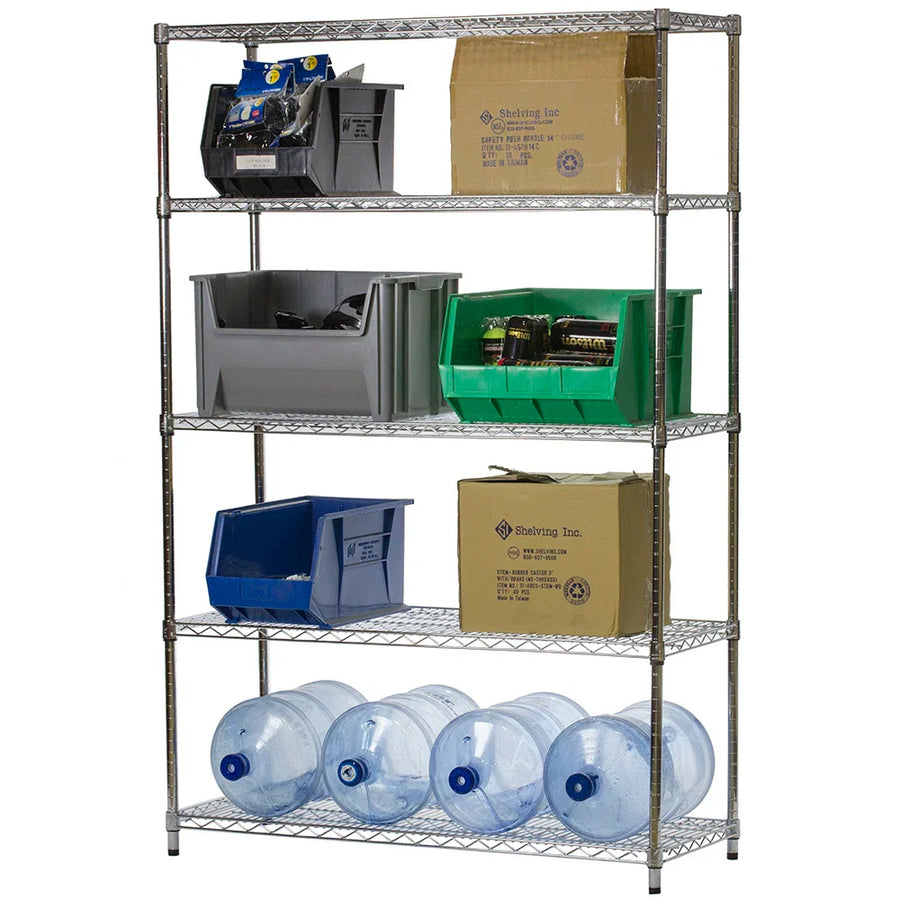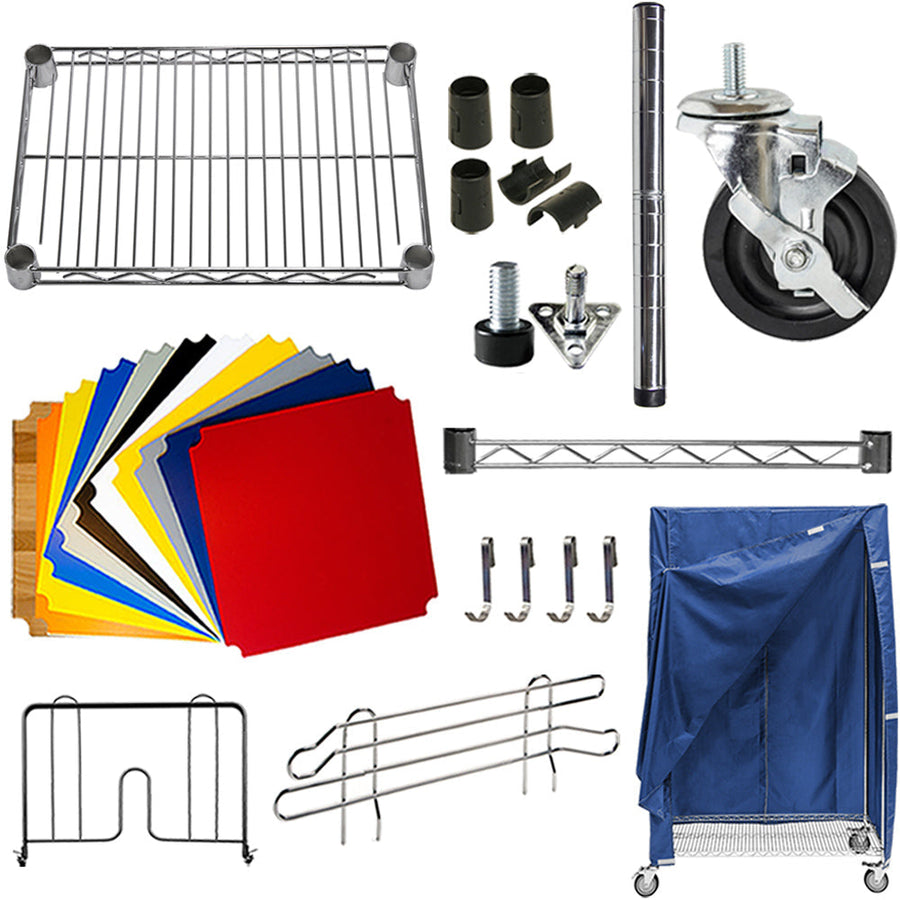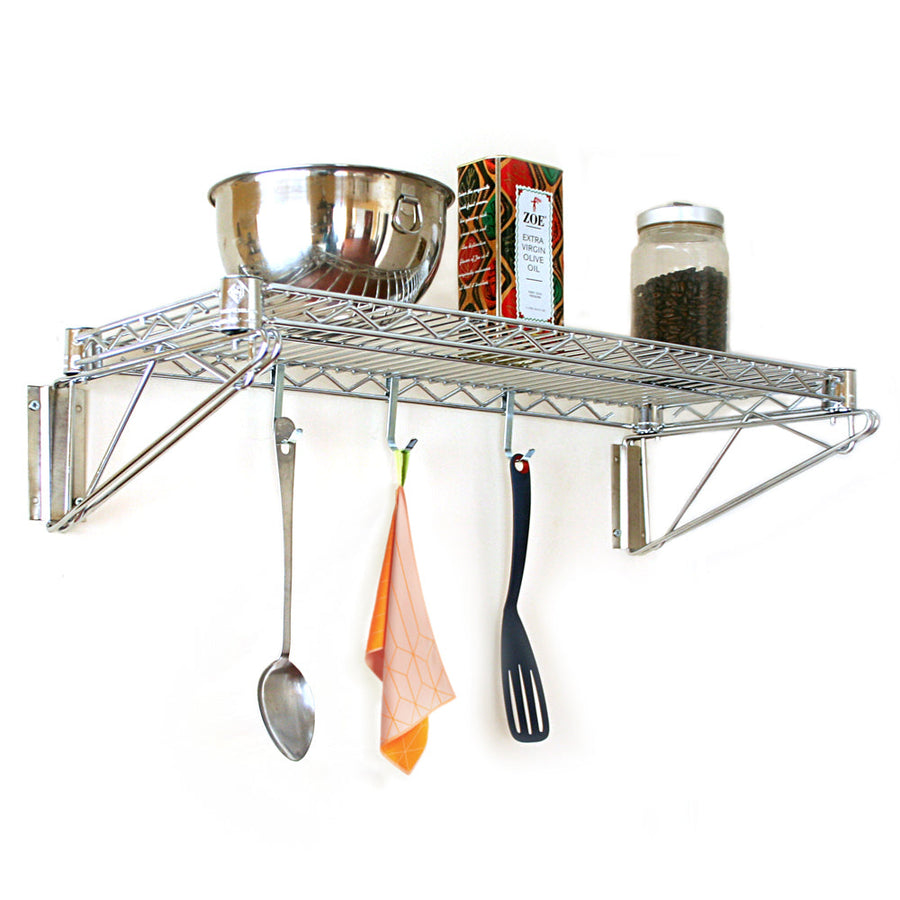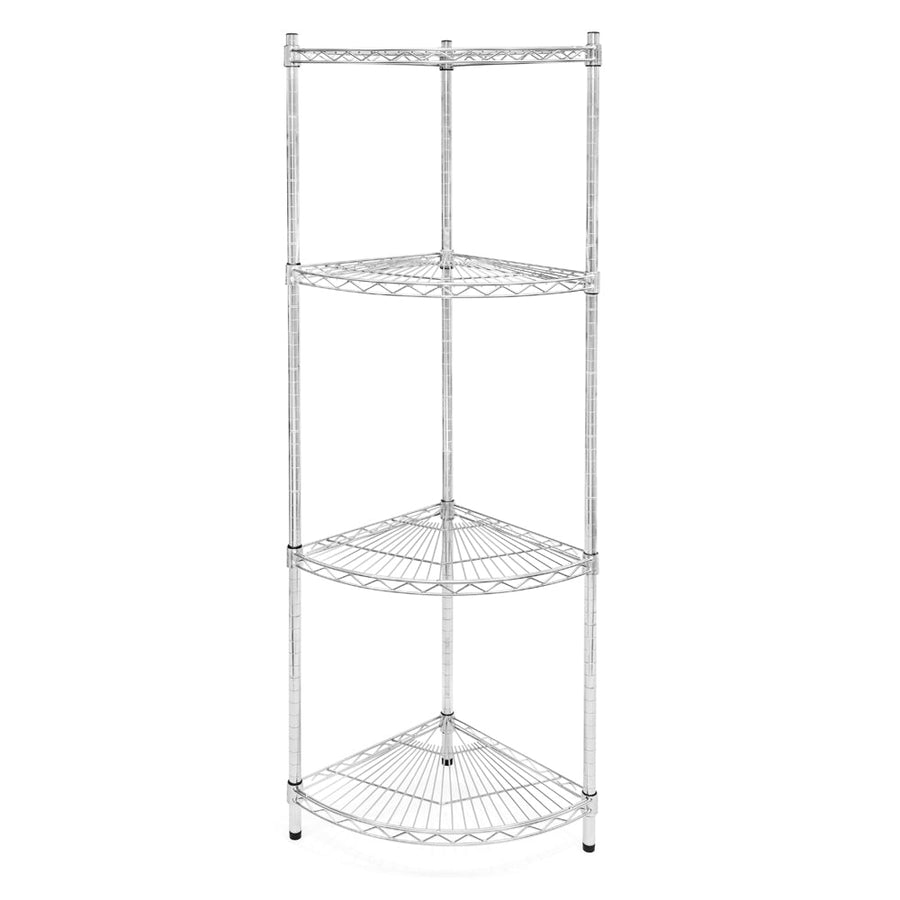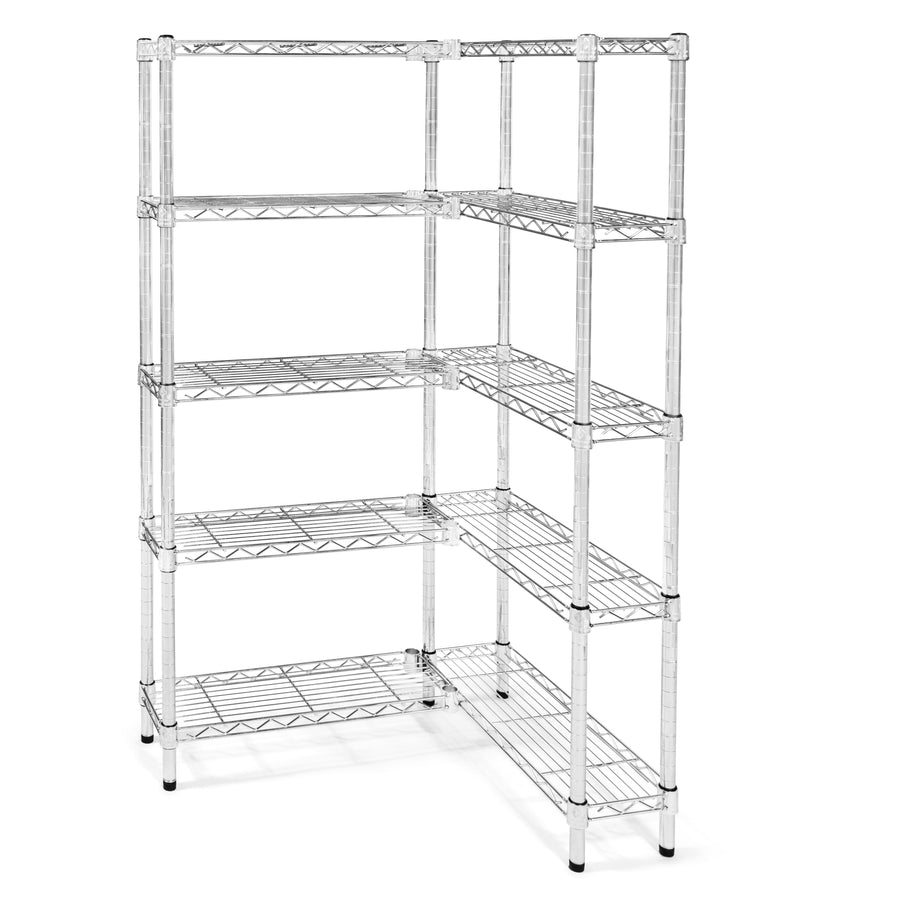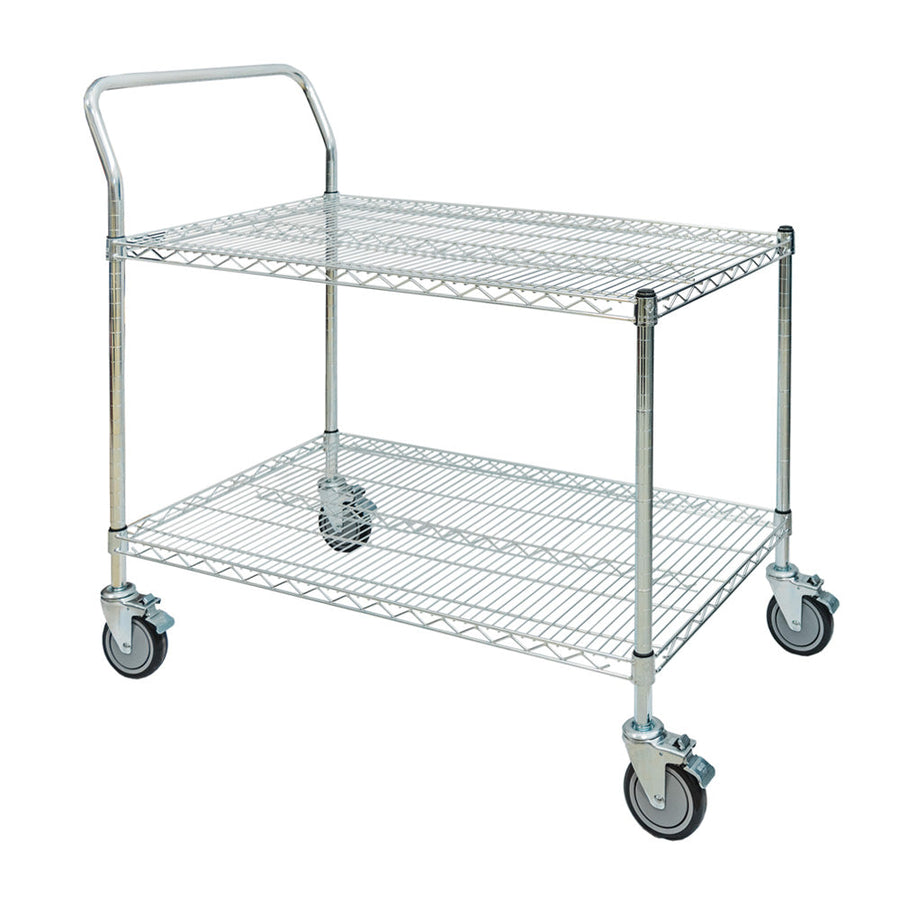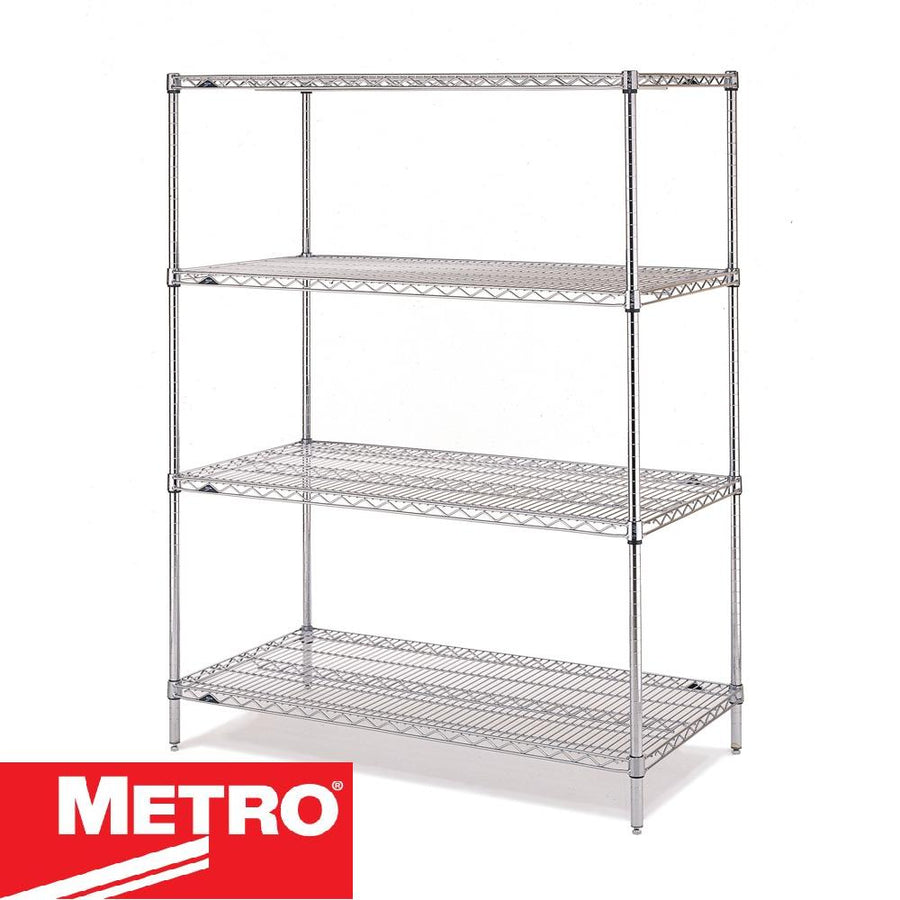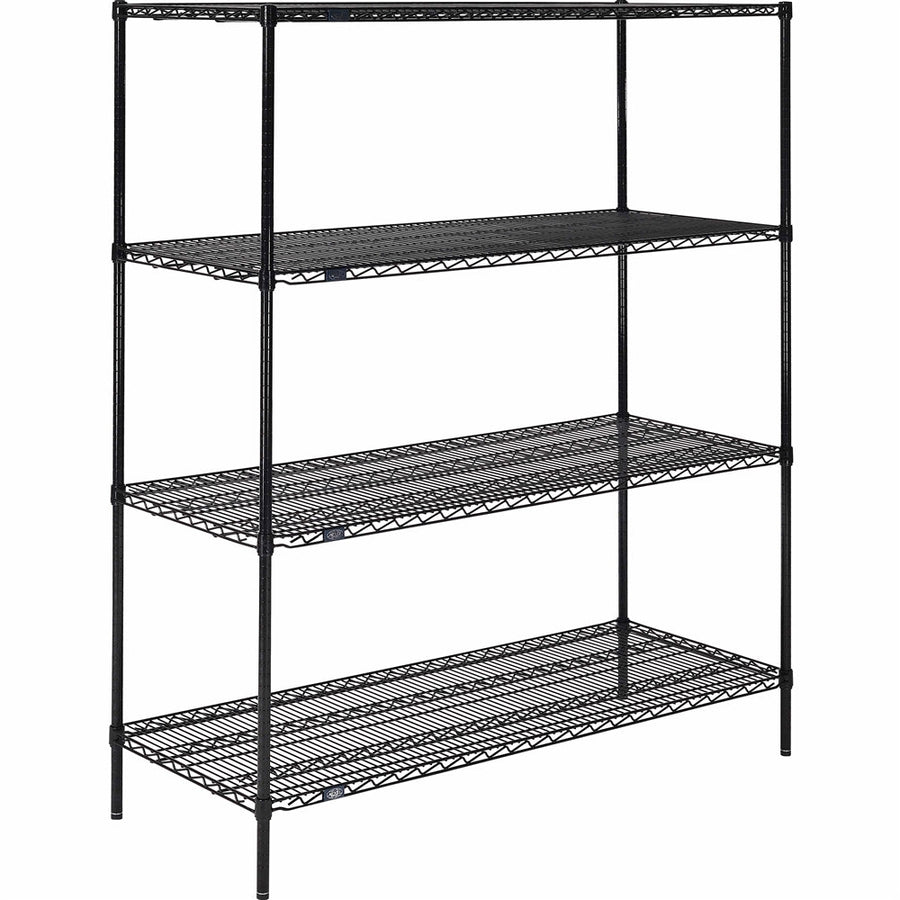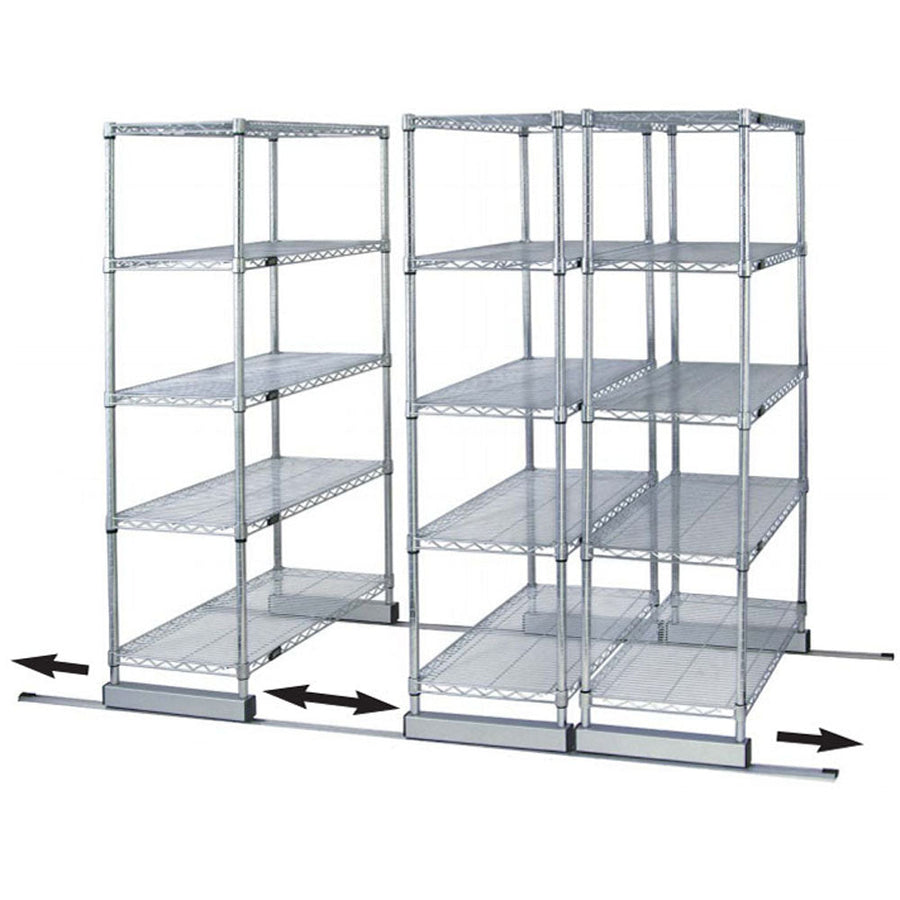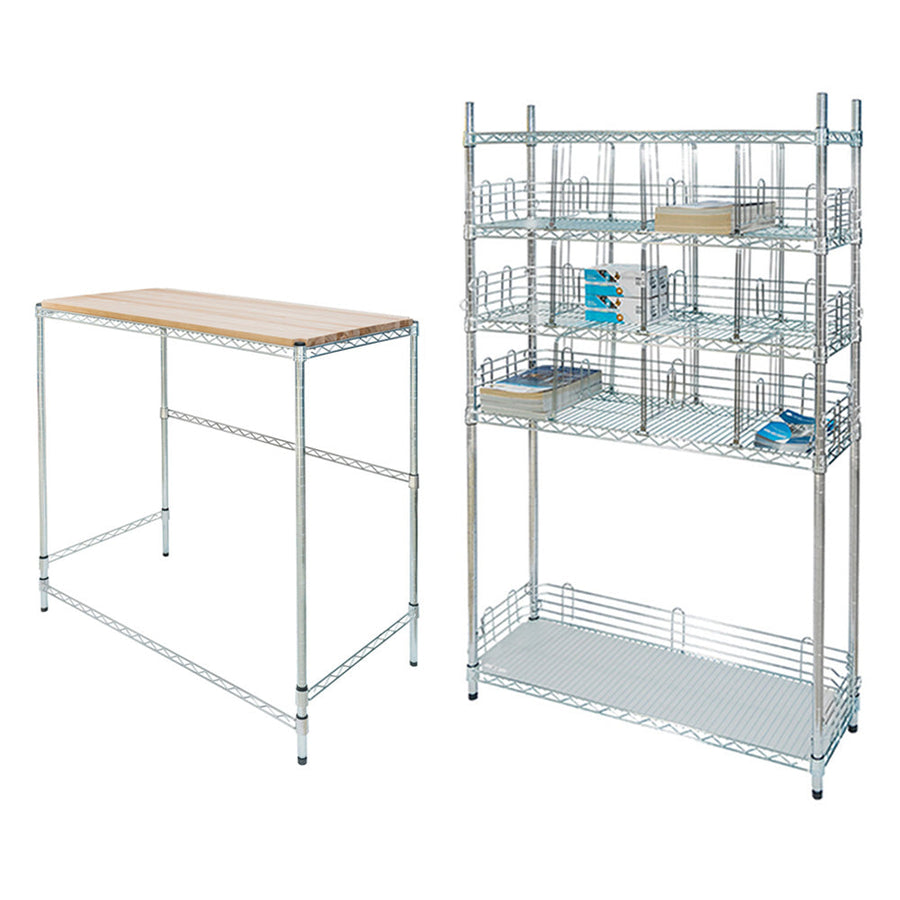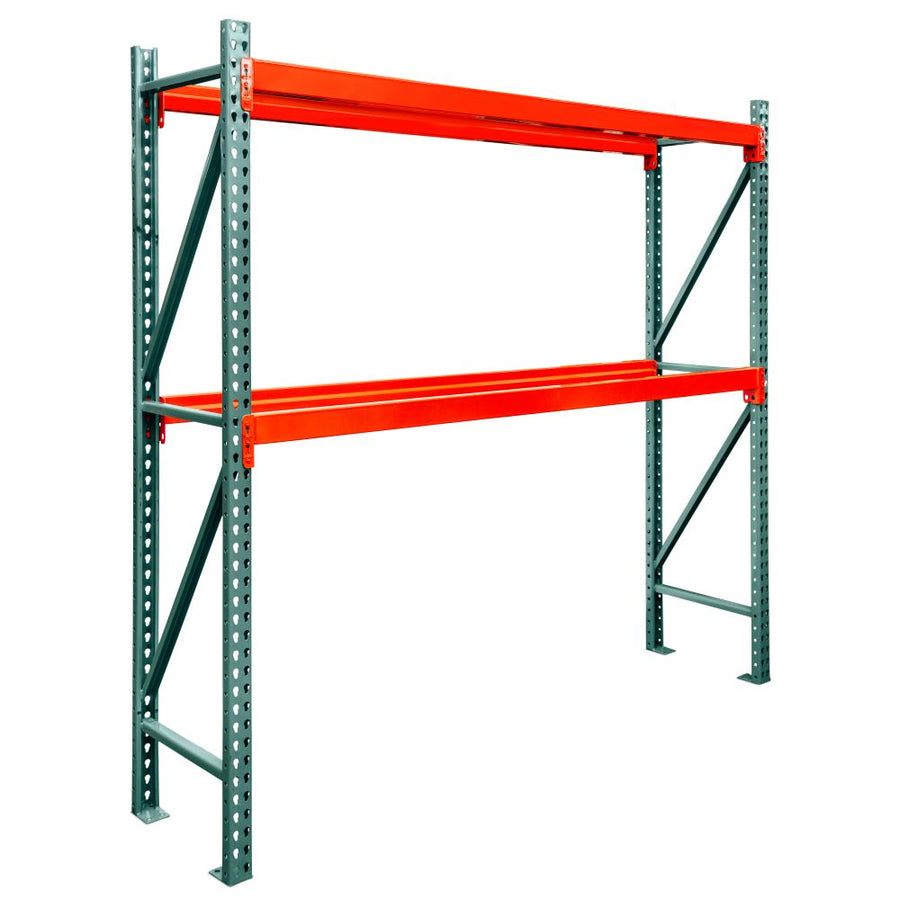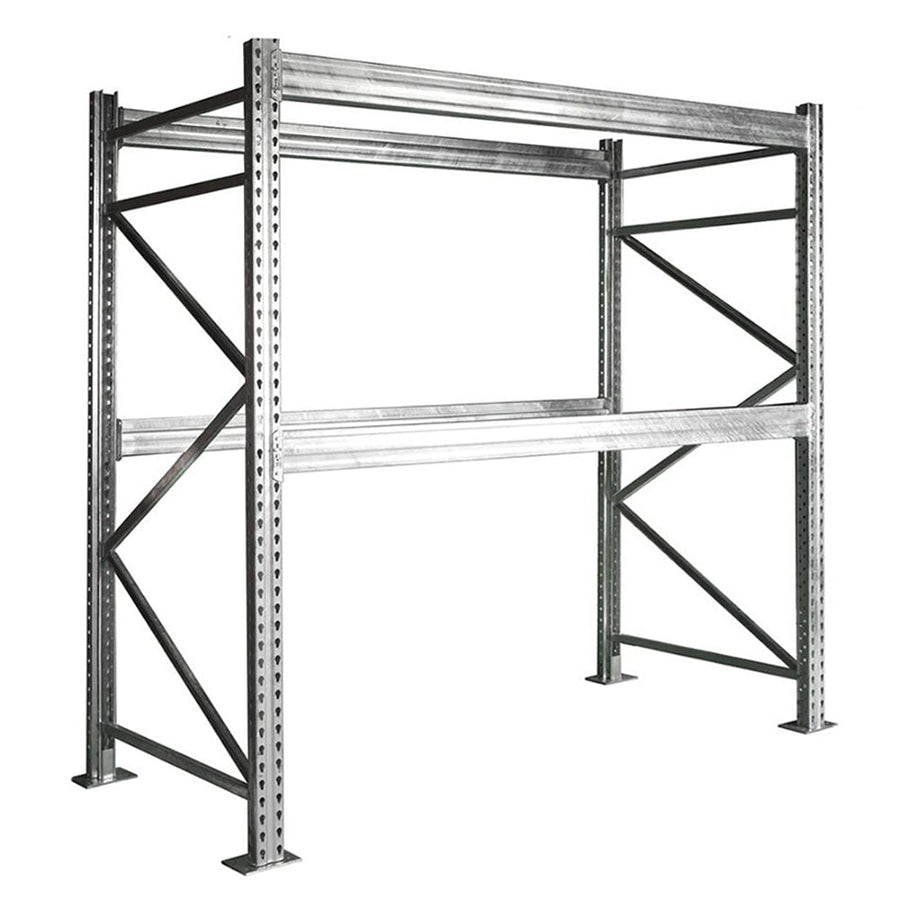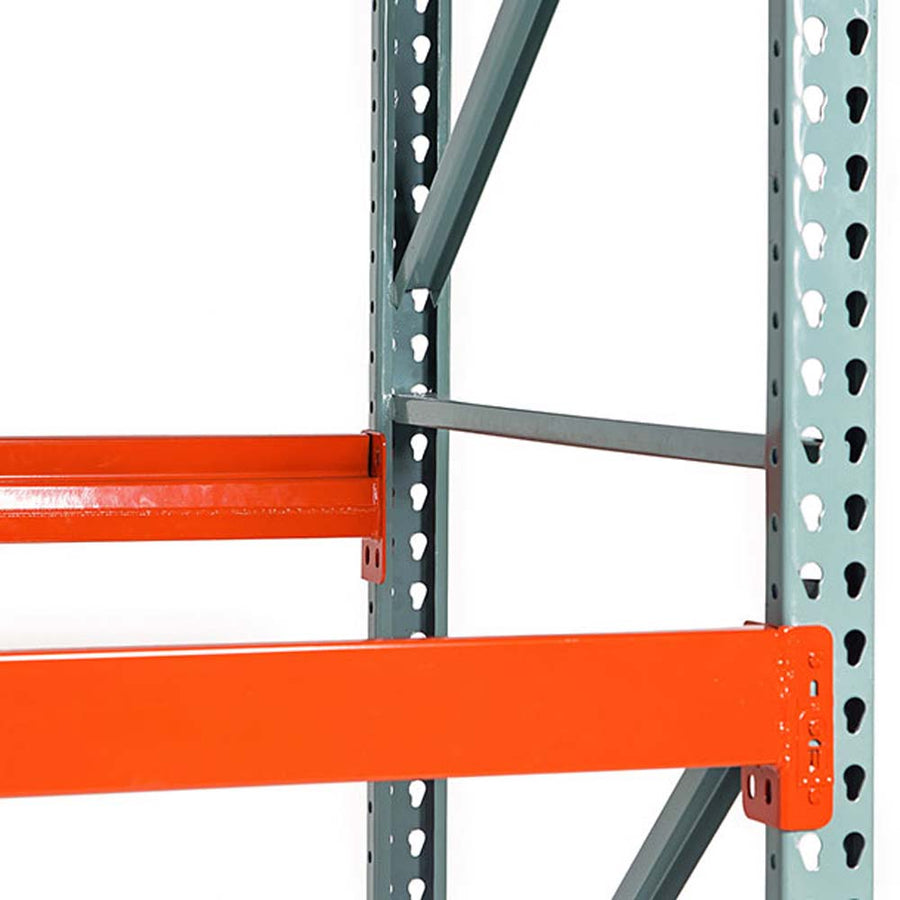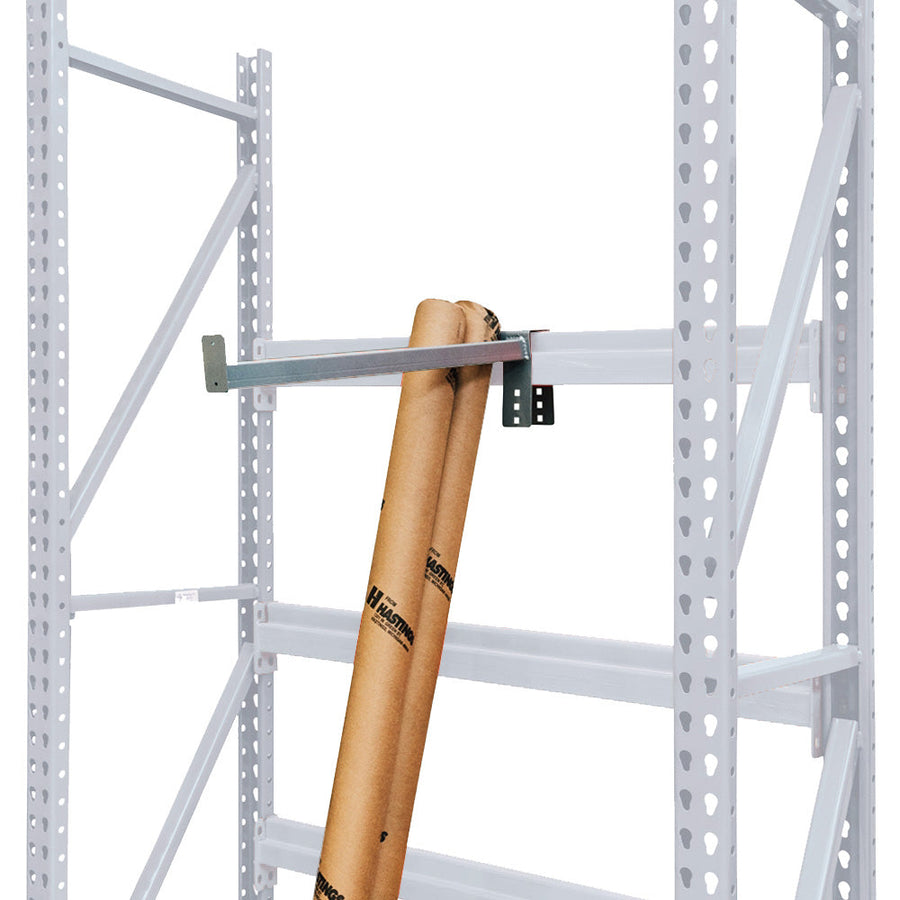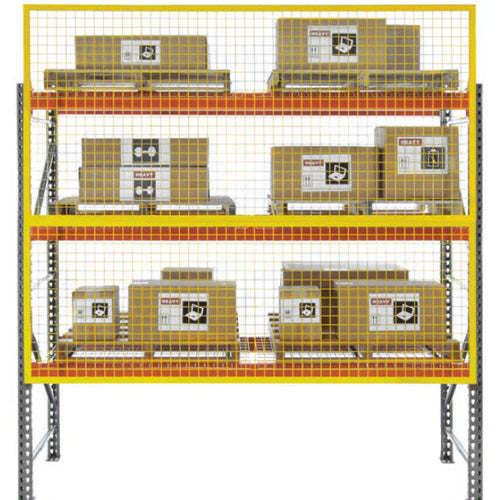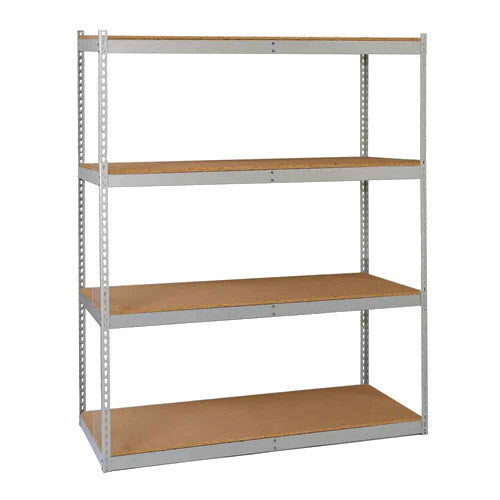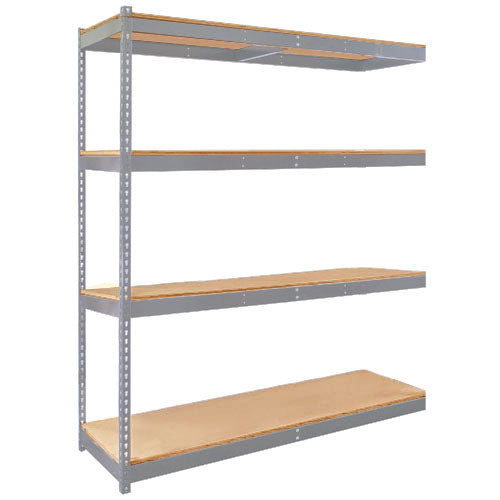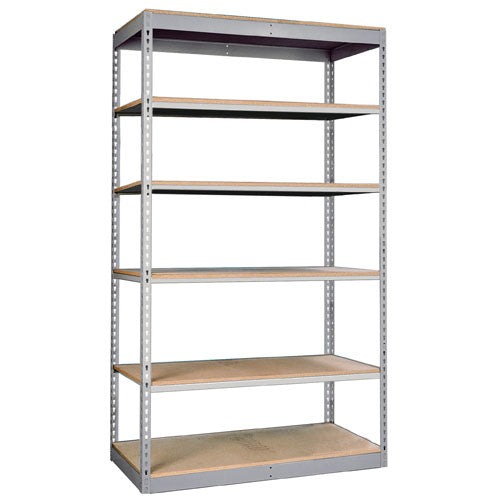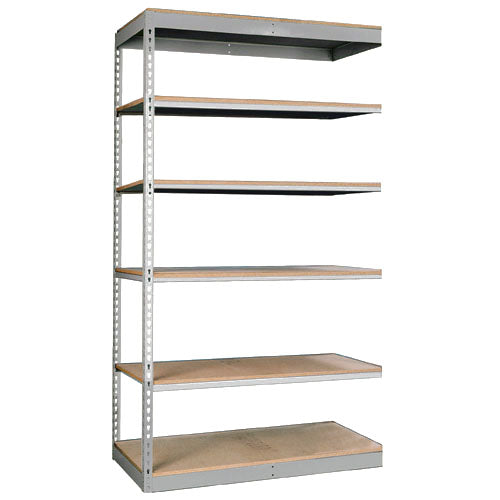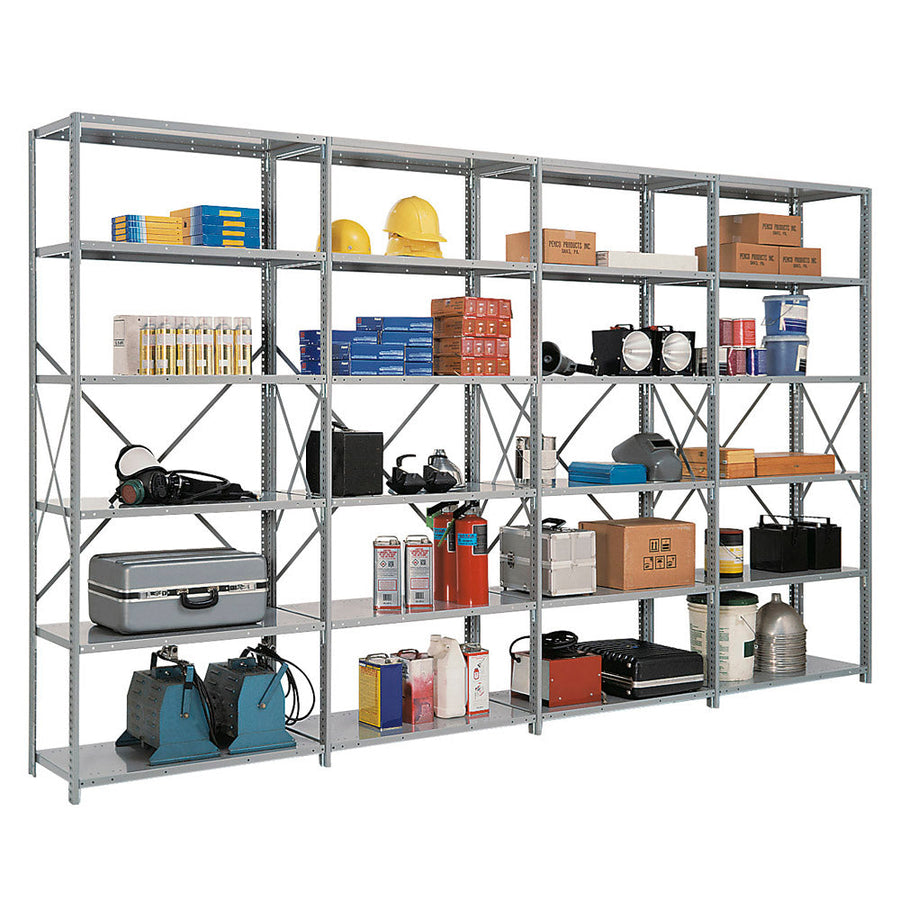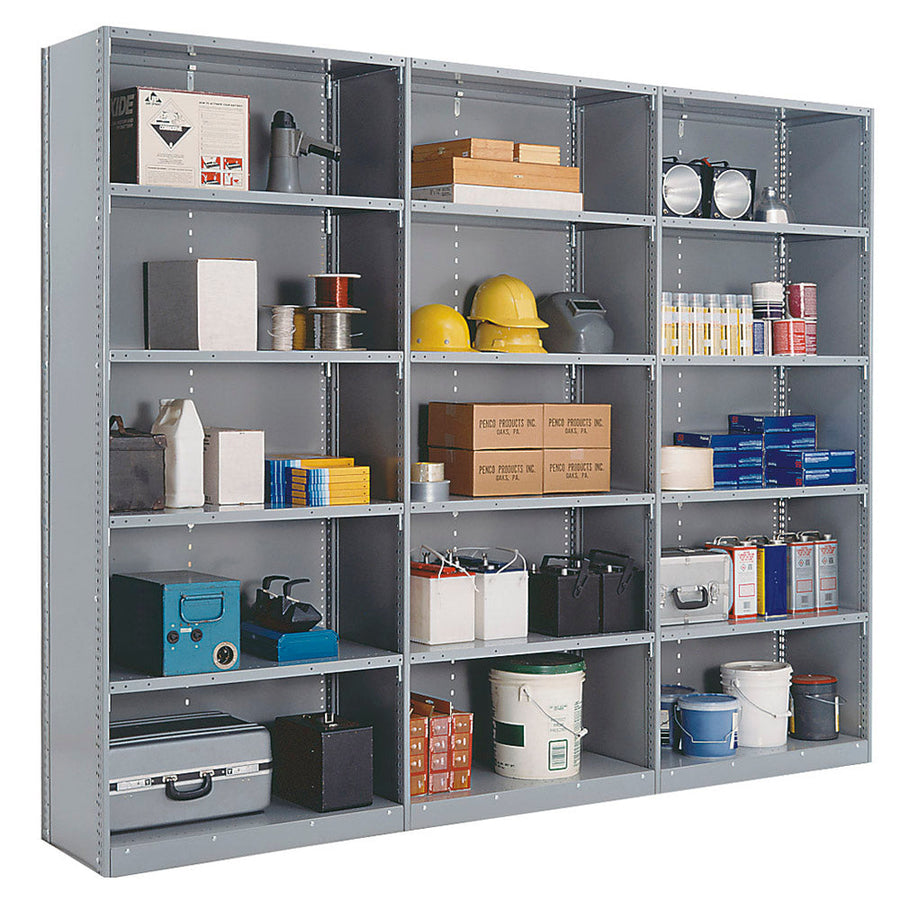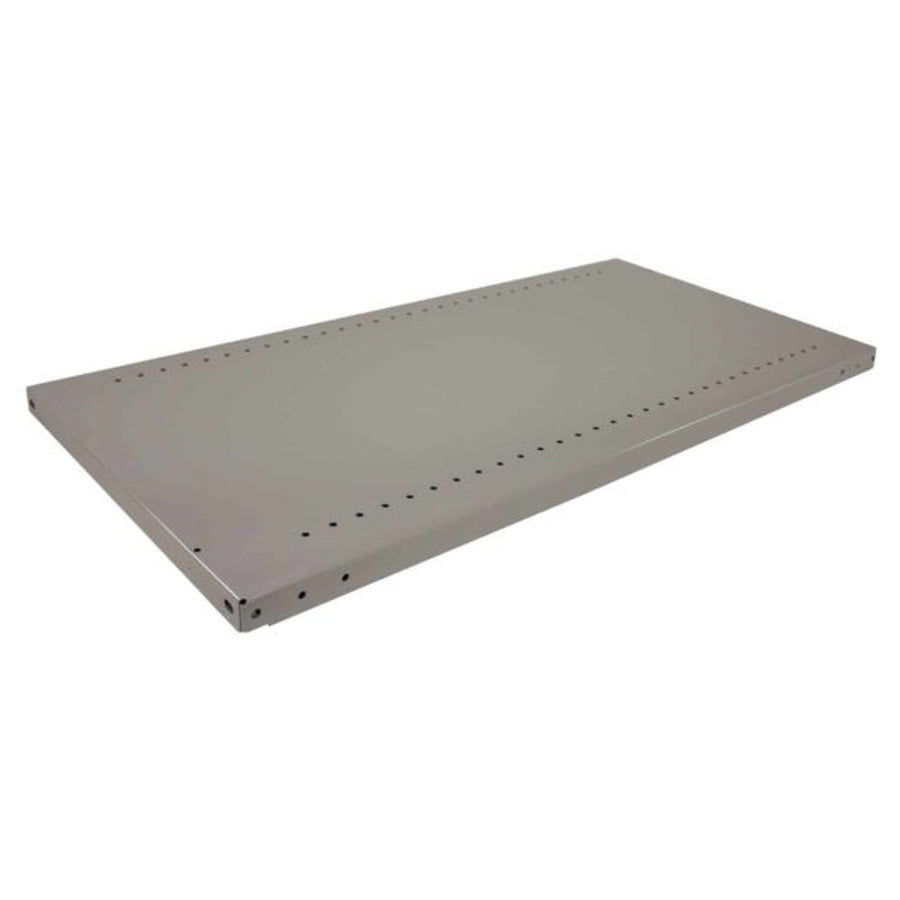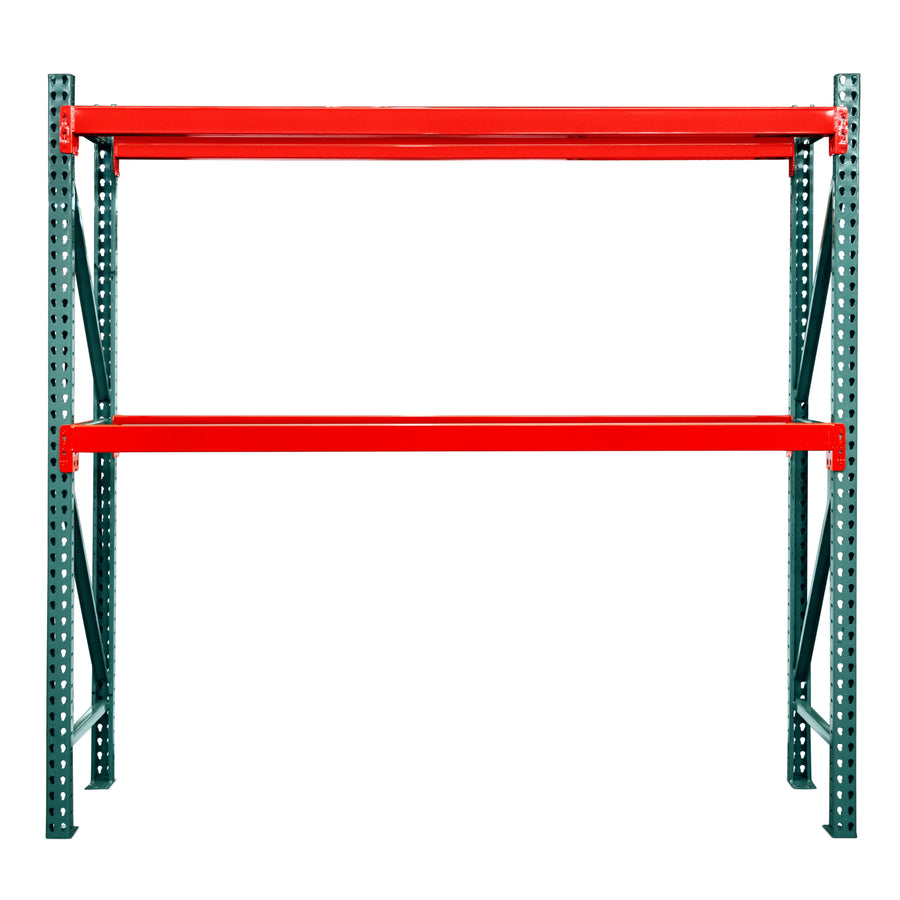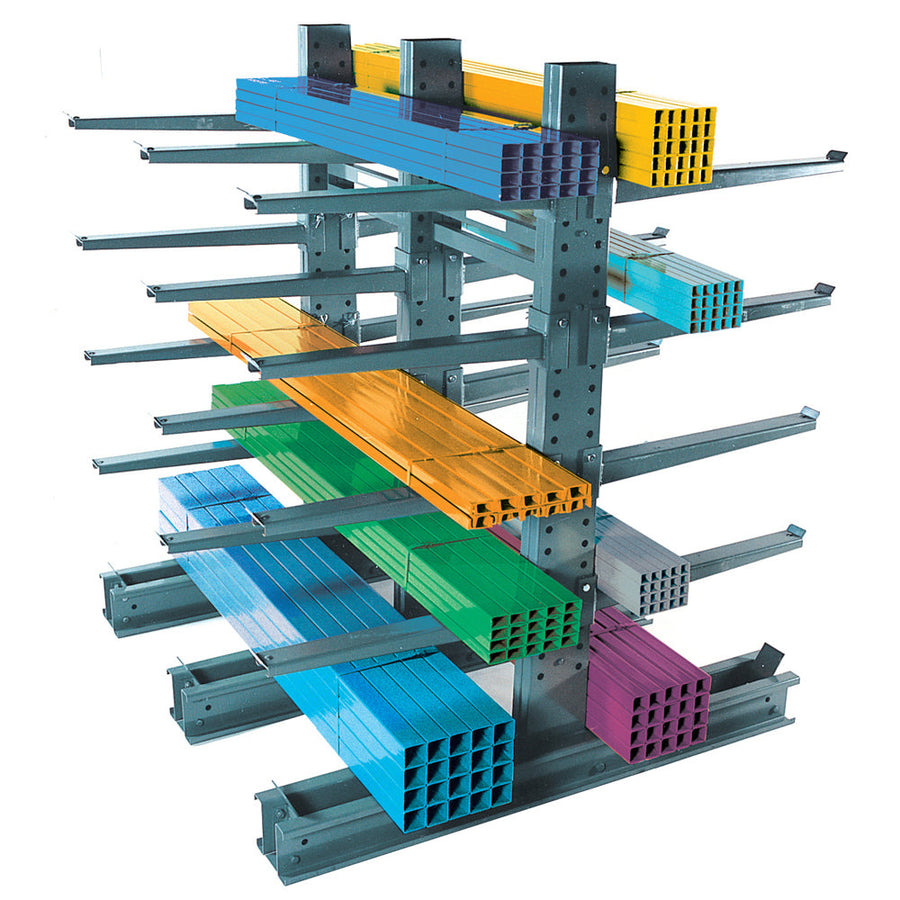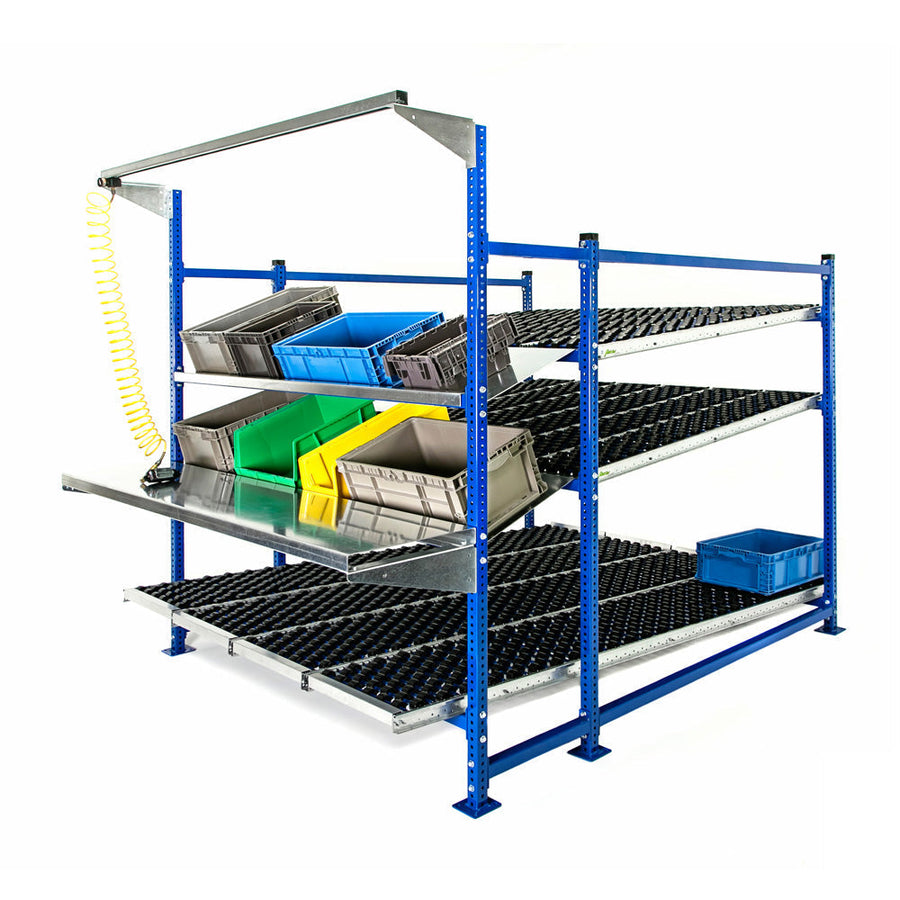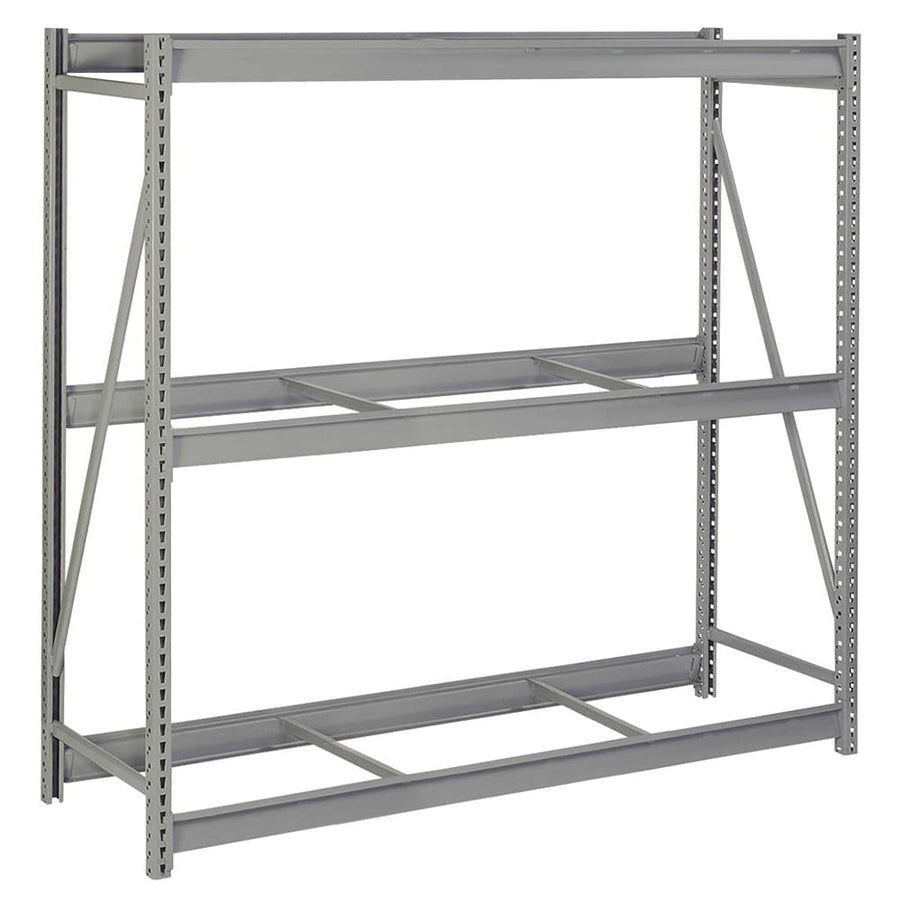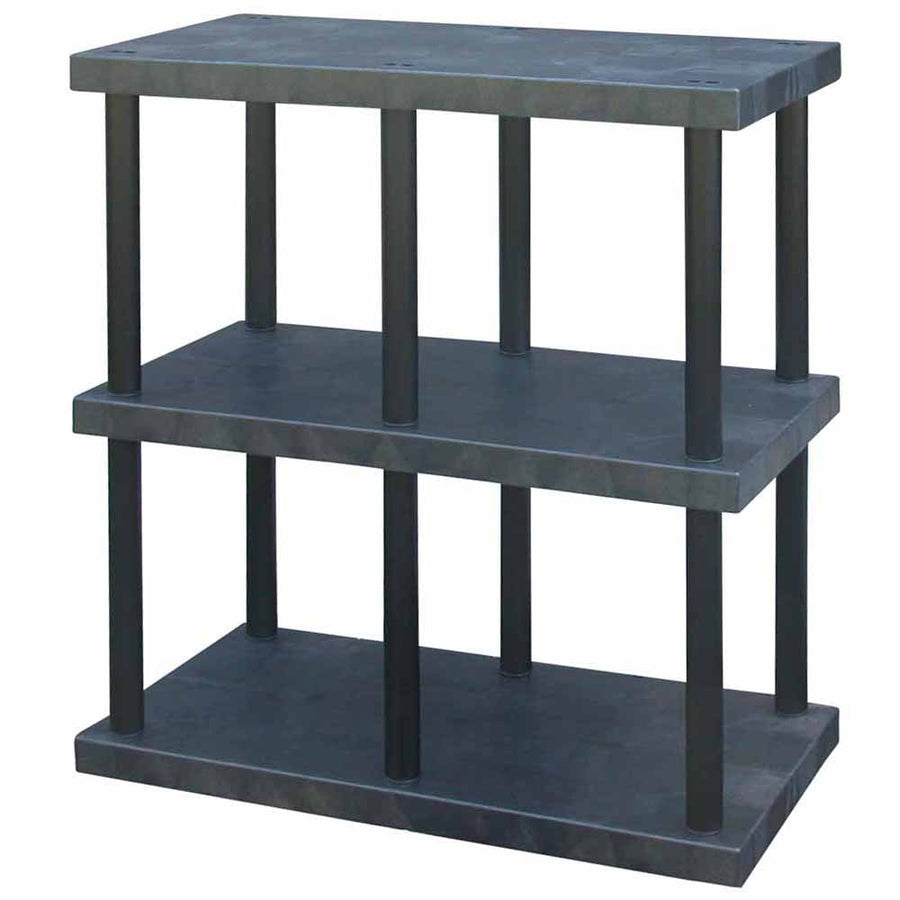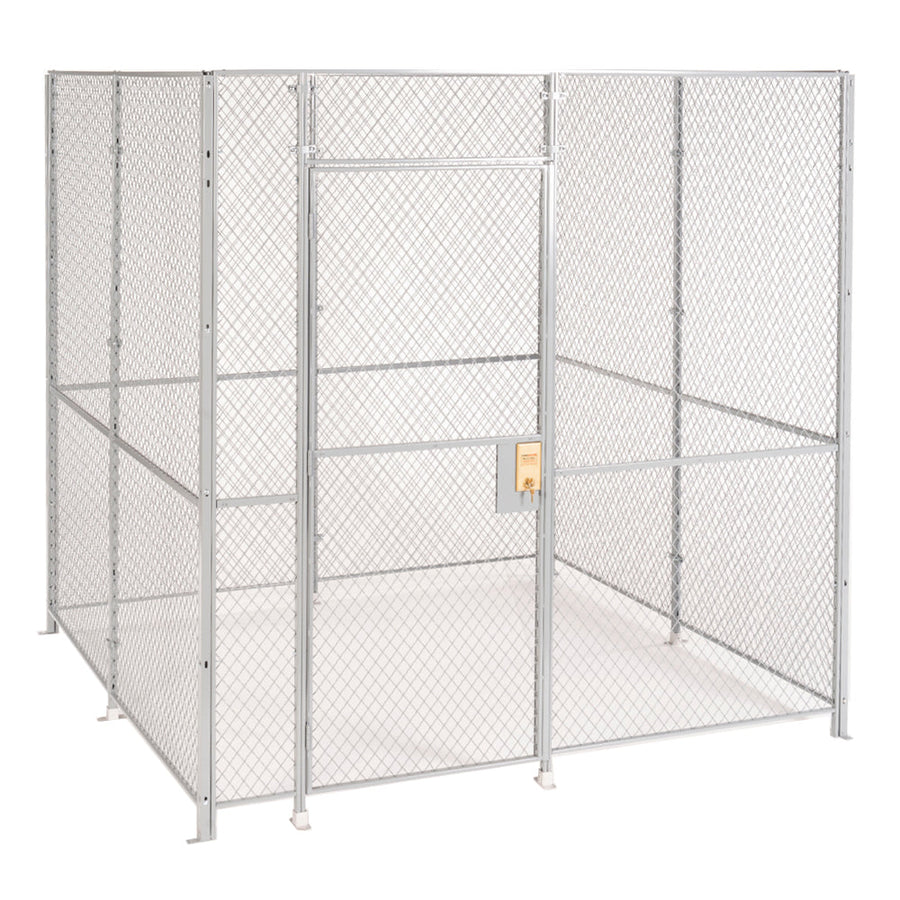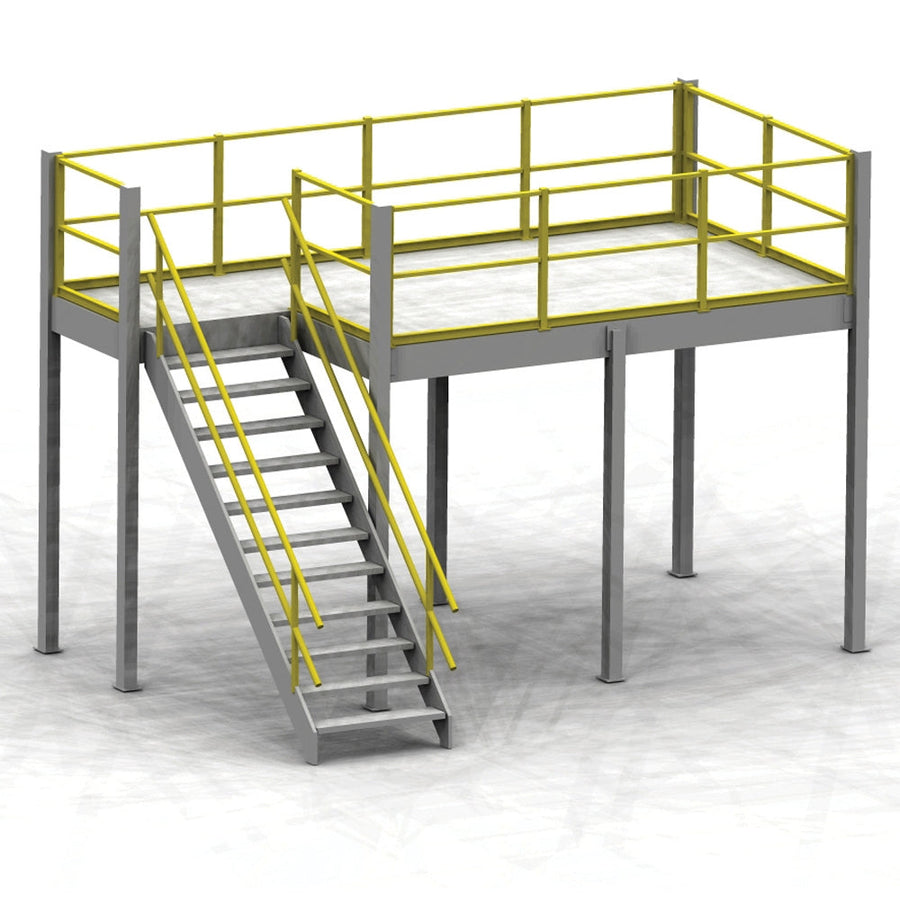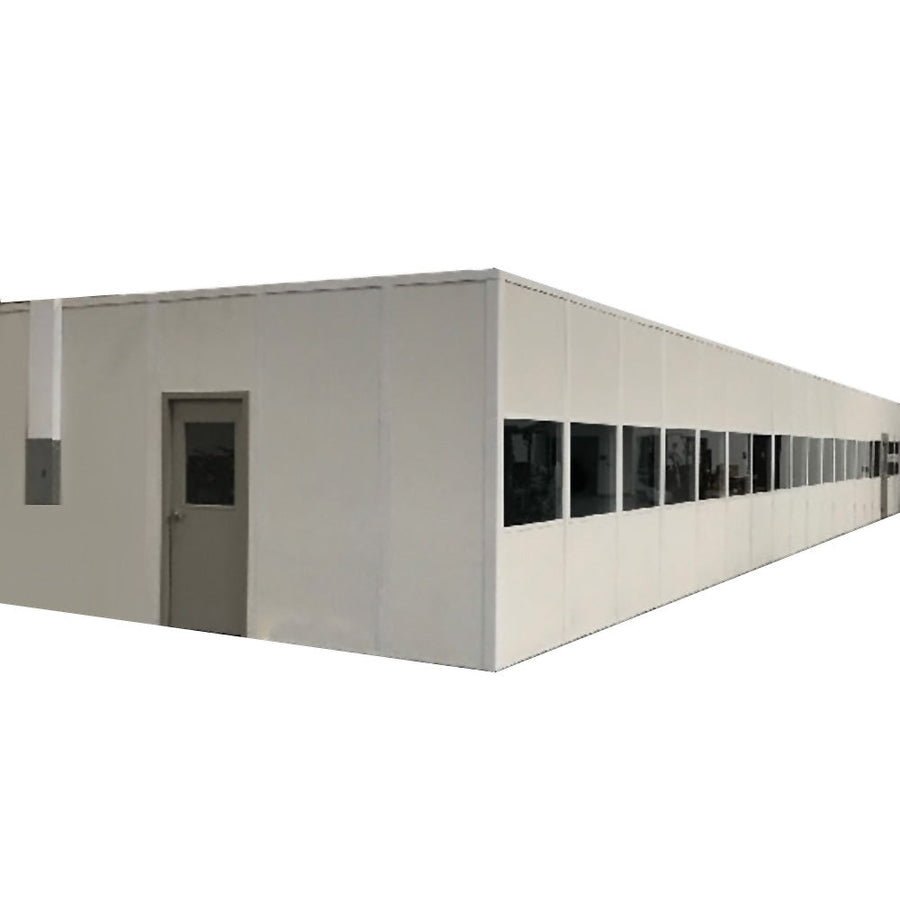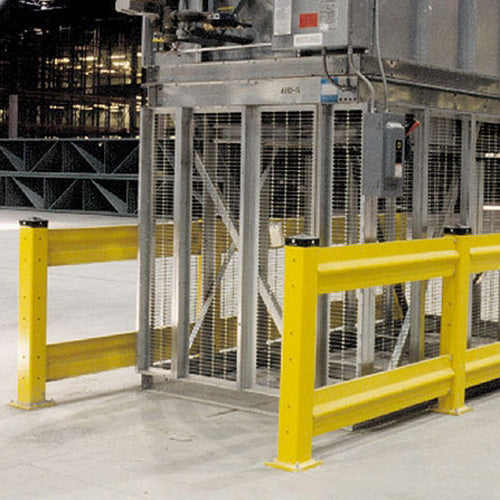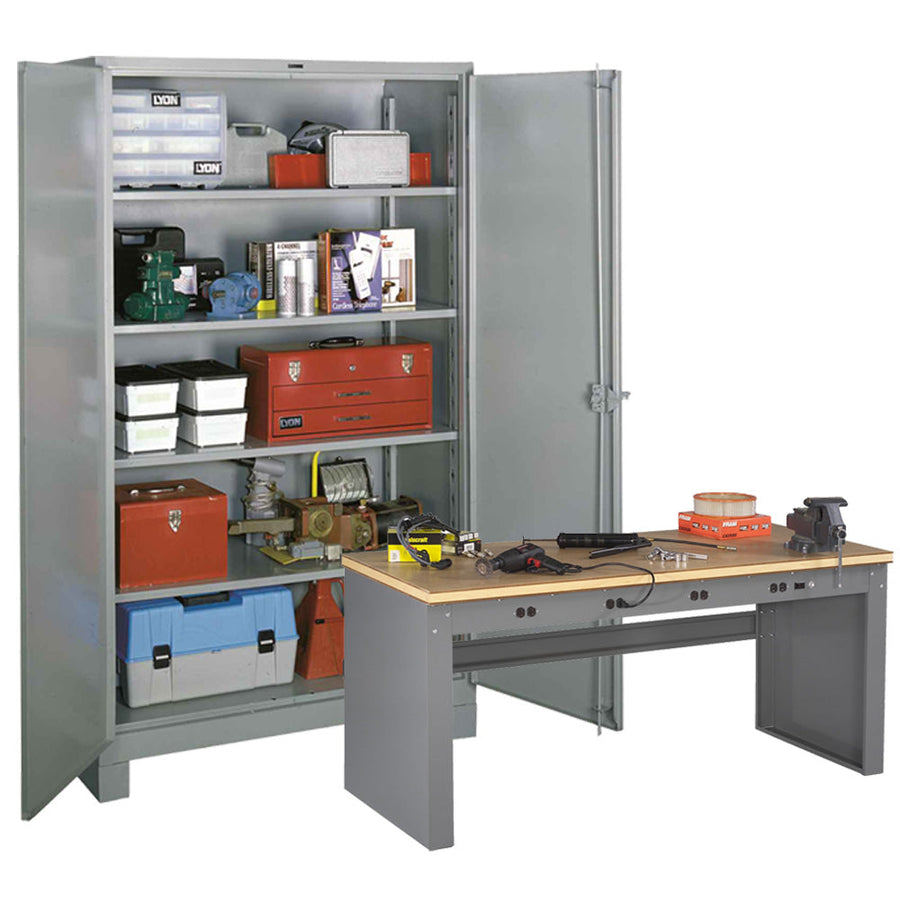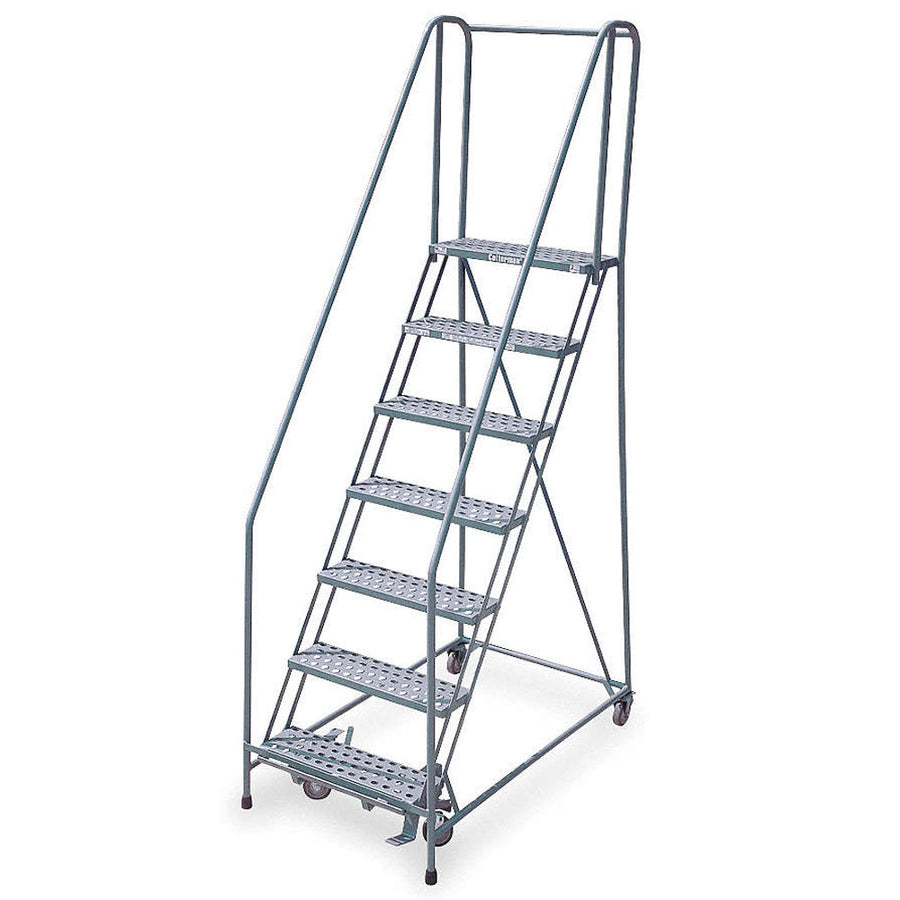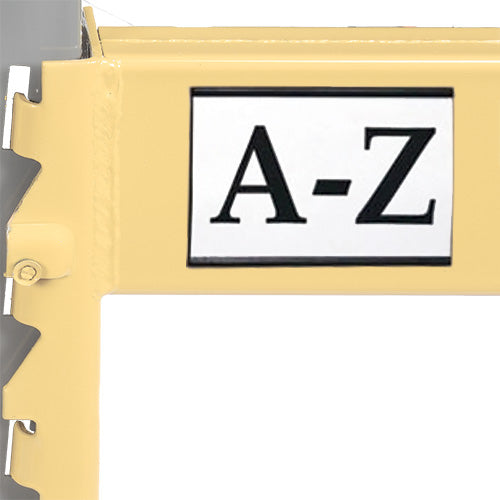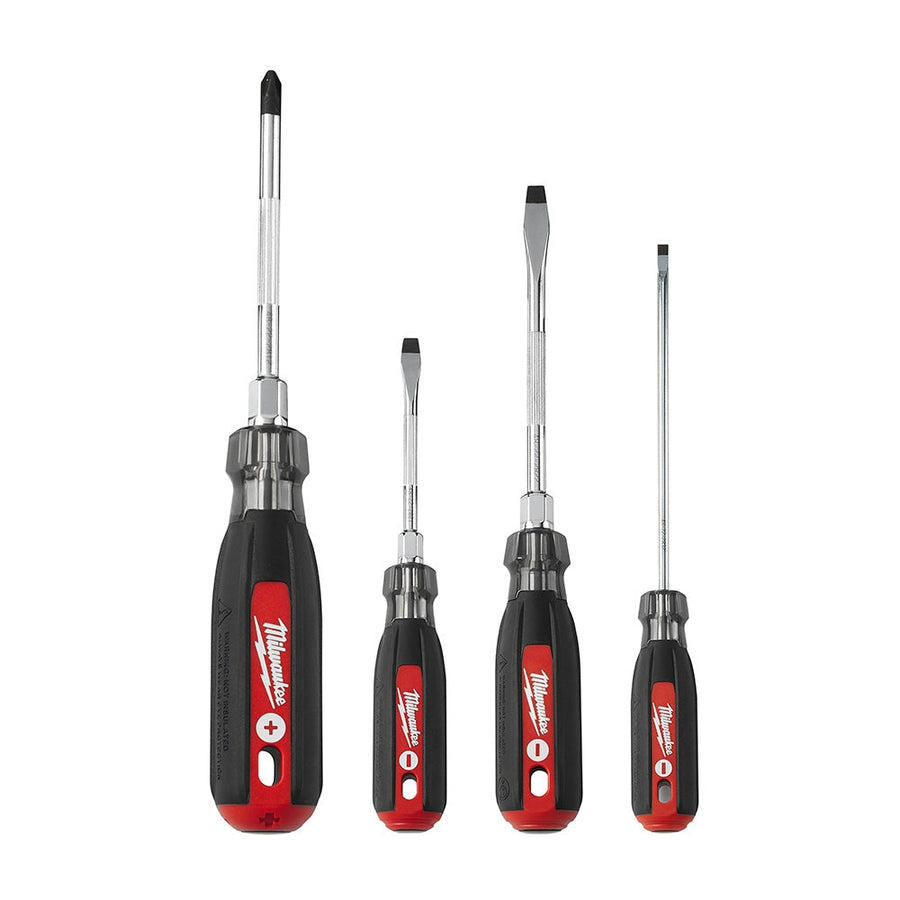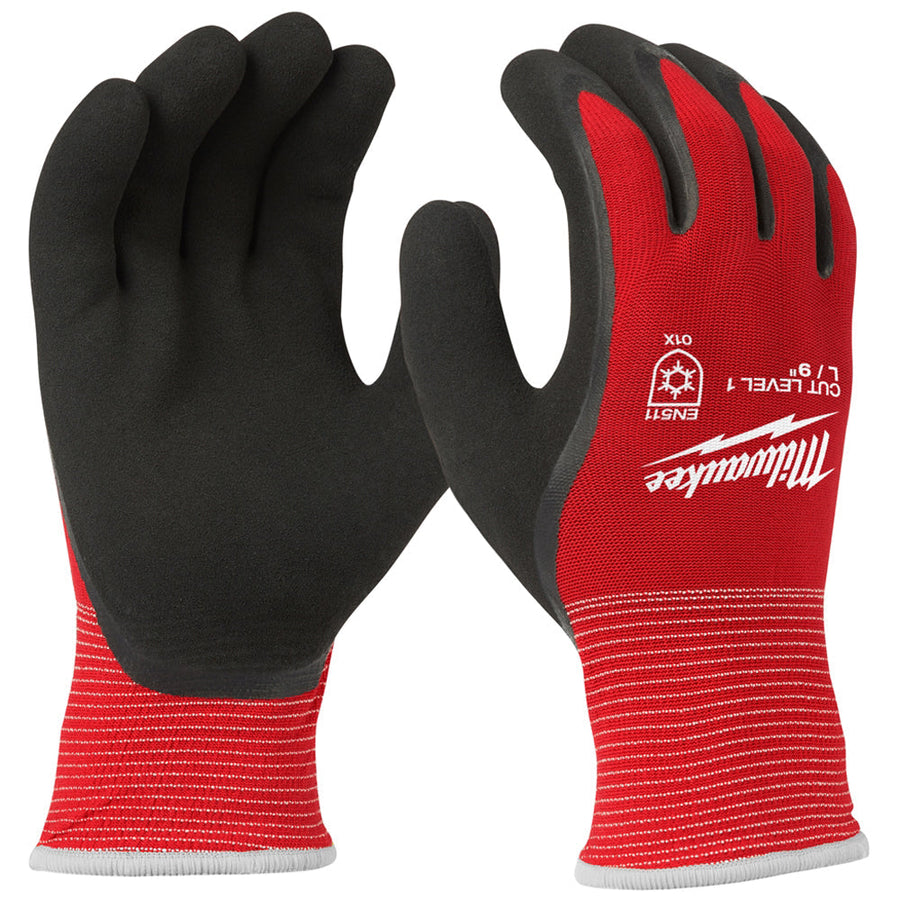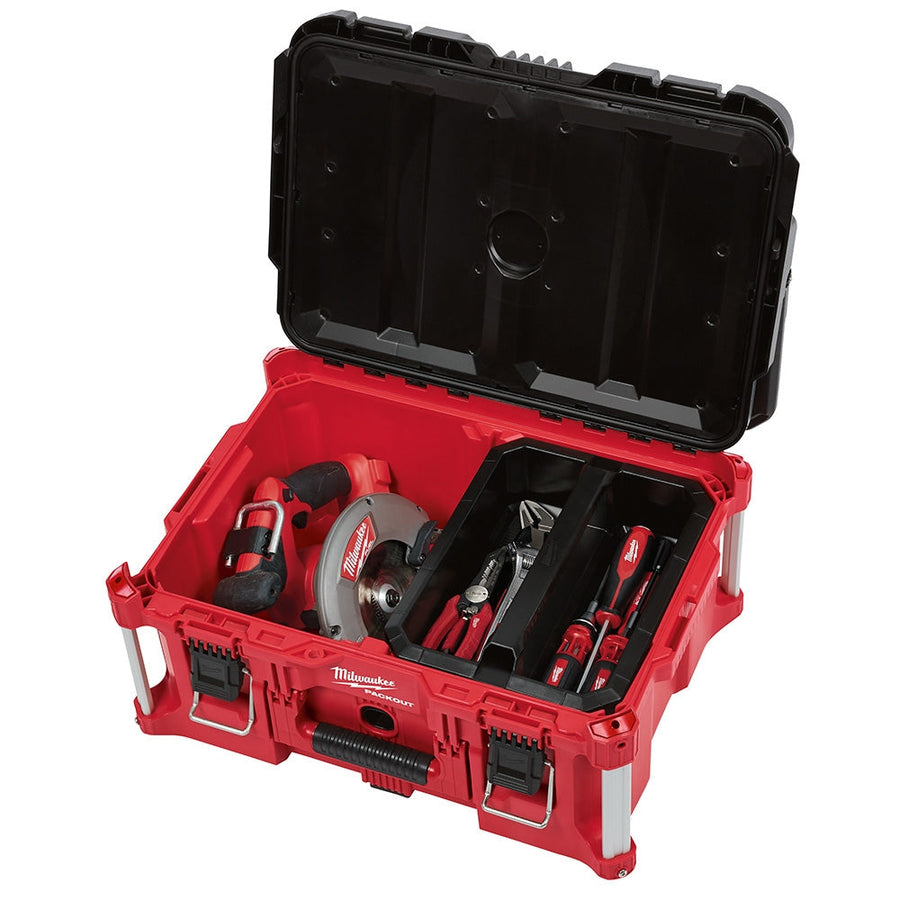Remote work is on the rise these days, particularly for warehouses.
Whether working from home during a pandemic, managing several offsite warehouse locations using a centralized system, or trying to keep an eye on things while traveling, remote warehouse management has become a crucial part of many modern warehouse operations thanks to its convenience, and its ability to respond quickly to rapidly changing conditions both within and outside the warehouse.
What Is Remote Warehouse Management?
You may already be remotely managing your warehouse without knowing it. Remote warehouse management occurs whenever analysis and review of the warehouse’s current inventory levels, staffing, and supply chain occur offsite from the warehouse itself. Sometimes this happens infrequently, such as when office staff is sent home during a business closure or external event that affects operations. In a lot of cases, however, remote warehouse management is already baked into your current operations. Many businesses that rely on warehouses and distribution centers tend to keep their management operations offsite, with one central office overseeing things like staffing levels, inventory control, and logistics planning for each of their offsite distribution centers.
Either way, remote warehouse management can be a crucial part of any given warehouse operation, but knowing how to properly manage your remote staff can help keep everything moving smoothly and more efficiently.
Remote Warehouse Management Tips & Strategies
Ensure your remote team has full access to needed metrics
One of the most important steps in remote management is to make sure your team, wherever they may be working, has access to each of your most important metrics. This might require a little help from the IT department, but make sure your remote team has the ability to sign in and check the same metrics that they would need access to onsite. This will include estimated delivery times, current inventory levels, even staff availability as needed.
Focus on tracking life cycle
If your remote work will be occurring over a long period of time, such as during shutdowns/quarantines or when the warehouse is located in a separate area from the management offices, focusing on life cycle is key. Products of any kind will have a life cycle, and even if you’re not physically able to inspect them, using tools to track how long items have been available and when they need to be sold by will help you convey information to your on-site staff about what needs to be moved, what needs to be disposed of or sent back to the vendor, and even how much space you still have on your warehouse shelves.
Stay involved with product counts
Product cycle counting is the backbone of any given warehouse operation, and even while working remotely or offsite, a good management team will work to stay on top of current product levels and any ongoing counts being done by your onsite warehouse staff. Request reports on any counts when they’re completed, and stay involved with scheduling them to better understand which items are being worked on and what your warehouse can start doing to improve count accuracy.
Maintain open communication
Particularly for management staff that has been temporarily displaced due to emergencies, communication across all steps of the supply chain is crucial. Make sure to communicate with all your vendors and shipping partners to let them know what the current status of your warehouse is, when you can expect to get back to normal, and who they can contact in the meantime (and where) to keep things moving until everyone is back at the warehouse.


